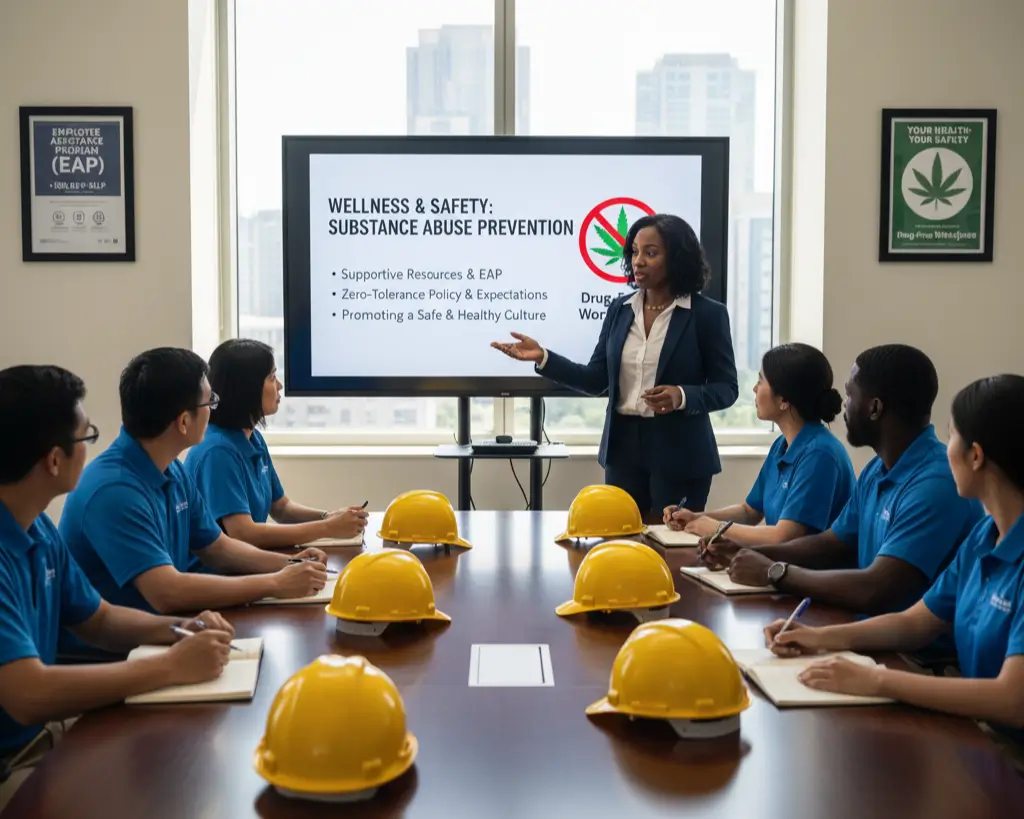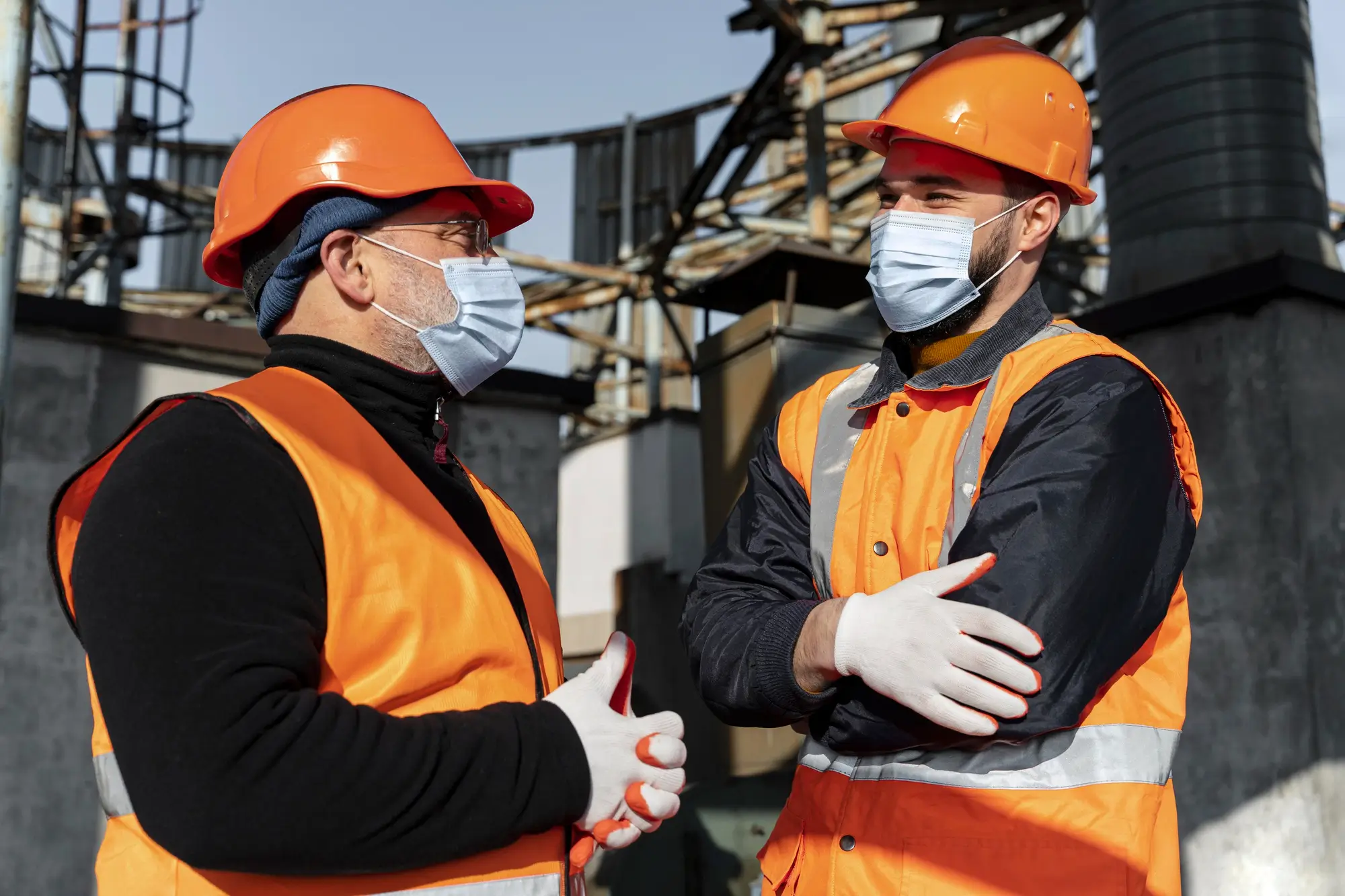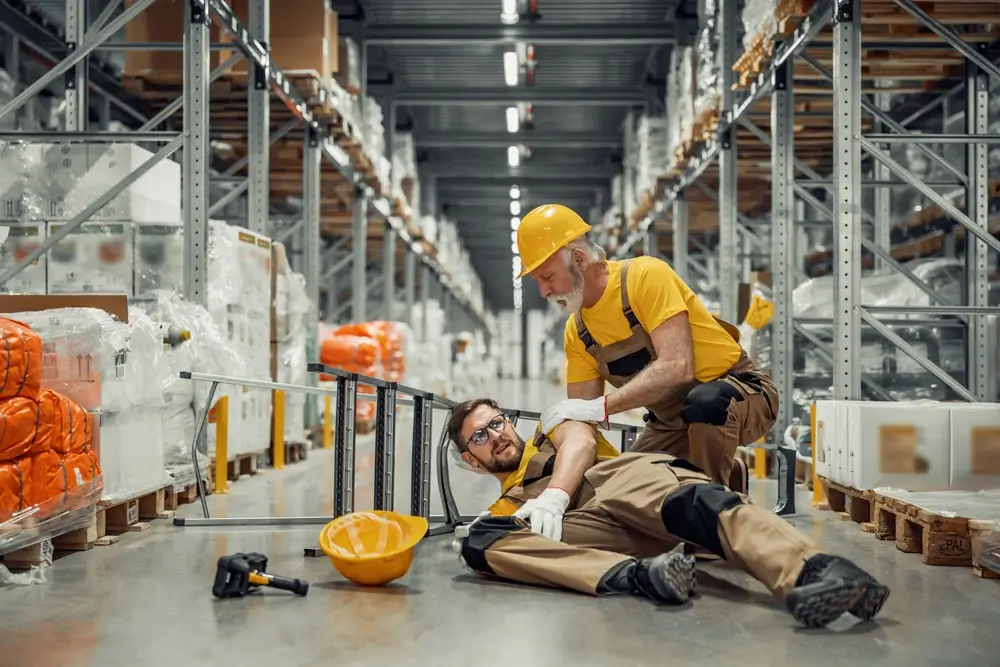EHS Policy Development: How to Write an Effective Safety Policy
Developing an effective Environmental, Health, and Safety (EHS) policy is a critical step in ensuring workplace safety and regulatory adherence. A well-crafted policy not only communicates organizational commitment to safety but also provides clear guidance on roles, responsibilities, and expectations for all employees. Strong EHS policies help prevent accidents, reduce injuries, and promote a culture of accountability. They also serve as a foundation for training programs, audits, and continuous improvement. This guide will walk you through the steps to create a clear, actionable EHS policy that aligns with OSHA standards and industry best practices. Understanding the Purpose of an EHS Policy An EHS policy establishes the organization’s commitment to protecting employees, contractors, and visitors from workplace hazards. It clarifies management’s expectations for safe behavior and operational practices while providing a framework for adherence with local, state, and federal regulations. Beyond adherence, a strong policy promotes a proactive safety culture, guides risk assessment and mitigation efforts, and ensures that employees understand their roles in maintaining a safe and healthy work environment. Why an Effective EHS Policy Matters An effective EHS policy is essential for ensuring legal and regulatory adherence with OSHA, EPA, and state-specific safety programs. It helps organizations systematically reduce risks and prevent workplace incidents by providing clear safety guidelines. A well-defined policy ensures consistency across departments and job roles, so all employees understand expectations. Beyond adherence, it fosters trust, accountability, and a proactive safety culture that encourages everyone to prioritize workplace health and safety. Core Elements of an Effective EHS Policy A strong EHS policy serves as the foundation for workplace safety, outlining the organization’s commitment, responsibilities, and expectations. It communicates the safety culture clearly to all employees and stakeholders, ensuring alignment with regulatory requirements while fostering accountability and proactive risk management. Management Commitment Management commitment is critical for driving a safety-first culture. Leaders must take responsibility and be accountable for safety outcomes, visibly supporting EHS initiatives. A clear statement emphasizing safety as a core organizational value demonstrates that employee well-being is a top priority and sets the tone for the entire organization. Scope & Applicability An effective policy clearly defines its reach, specifying who it applies to, including employees, contractors, and visitors. It should outline the locations, job roles, and activities covered to prevent ambiguity. This ensures that every individual knows when and how the policy is relevant to their daily operations. Roles & Responsibilities Clearly assigning roles ensures everyone understands their safety obligations. Employers, supervisors, and employees each have specific responsibilities for adherence, reporting, and hazard mitigation. Safety committees, EHS managers, and contractors must also know their duties, fostering collaboration and accountability across the organization. Adherence & Legal Requirements The policy should reference OSHA standards and other applicable regulations to demonstrate legal alignment. It must express a commitment to not only meet but, where possible, exceed regulatory requirements. This reinforces a culture of continuous improvement and proactive adherence, reducing the risk of violations and enhancing workplace safety. Hazard Identification & Risk Control An effective EHS policy emphasizes proactive hazard identification and risk control. Employees should be encouraged to report hazards, near-misses, and unsafe conditions promptly. Once identified, risks should be addressed following the hierarchy of controls: elimination, engineering controls, administrative measures, and personal protective equipment (PPE) as a last line of defense. This structured approach ensures systematic reduction of workplace hazards. Training & Communication Safety training is a cornerstone of policy effectiveness. The policy should outline required training programs, refresher schedules, and role-specific instruction. To maximize understanding, training must account for language diversity and literacy levels, ensuring that all employees can access and comprehend safety information. Effective communication reinforces awareness and adherence across the workforce. Reporting, Enforcement & Discipline A robust policy defines clear reporting procedures for incidents, injuries, and unsafe conditions. It also sets out consequences for non-compliance to maintain accountability. Importantly, the policy must include non-retaliation and whistleblower protections, encouraging employees to report hazards without fear of negative repercussions, fostering a culture of trust and safety vigilance. How to Write a Clear and Actionable Safety Policy Writing an effective safety policy begins with using plain, straightforward language. Avoid heavy legal jargon or overly technical terms that might confuse employees. Keep sentences short and instructions precise, focusing on actionable guidance rather than vague statements. The goal is to make the policy easily understandable for everyone, from frontline workers to supervisors. Structuring content with headings, bullet points, and ample white space improves readability and ensures critical information is easily located. Equally important is aligning the policy with actual workplace practices. Clearly define responsibilities by specifying “who does what” instead of making general statements about safety expectations. This ensures employees know their exact duties, reporting channels, and the procedures to follow in different scenarios. By matching the policy language with day-to-day operations, organizations can foster adherence, reduce confusion, and create a practical, enforceable safety framework. Common Mistakes to Avoid When developing an EHS policy, organizations often make several common errors. Writing policies that are too vague or generic can leave employees unsure of their responsibilities, reducing compliance. Another frequent mistake is failing to provide proper training, meaning employees may not understand how to implement the policy in real situations. Some policies exist only on paper without real enforcement, rendering them ineffective. Additionally, many organizations overlook contractor and temporary worker coverage, leaving gaps in safety protection. Avoiding these pitfalls ensures the policy is practical, inclusive, and actionable. Conclusion EHS policies are not just documents; they are tools that guide daily workplace behavior and decision-making. A well-crafted policy reduces risks, improves regulatory compliance, and fosters a strong safety culture. Effective policies are clear, practical, and consistently enforced, ensuring all employees understand their roles and responsibilities. Investing the necessary time and resources into proper EHS policy development pays off in safer, more compliant, and productive workplaces.
Read More









